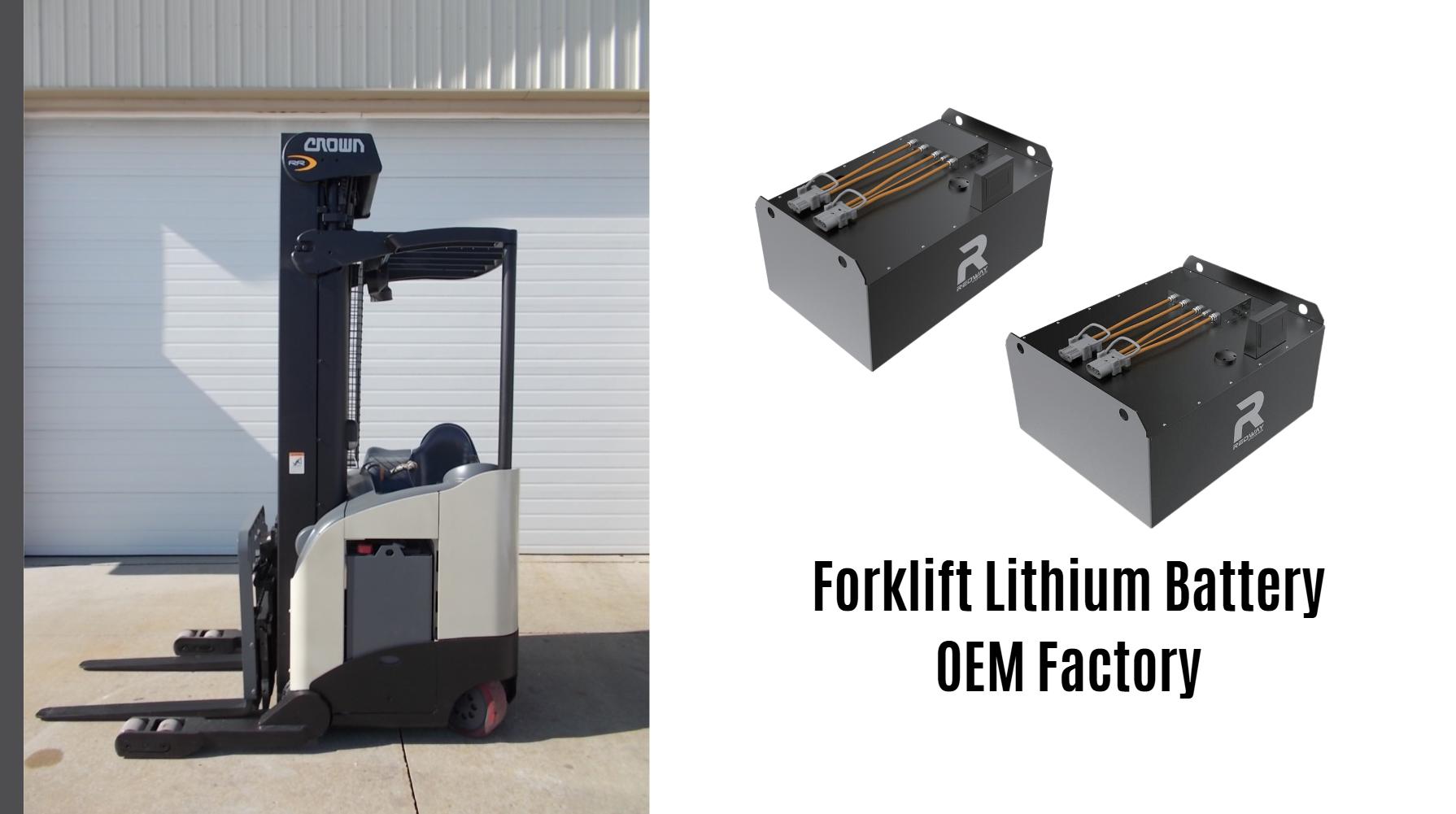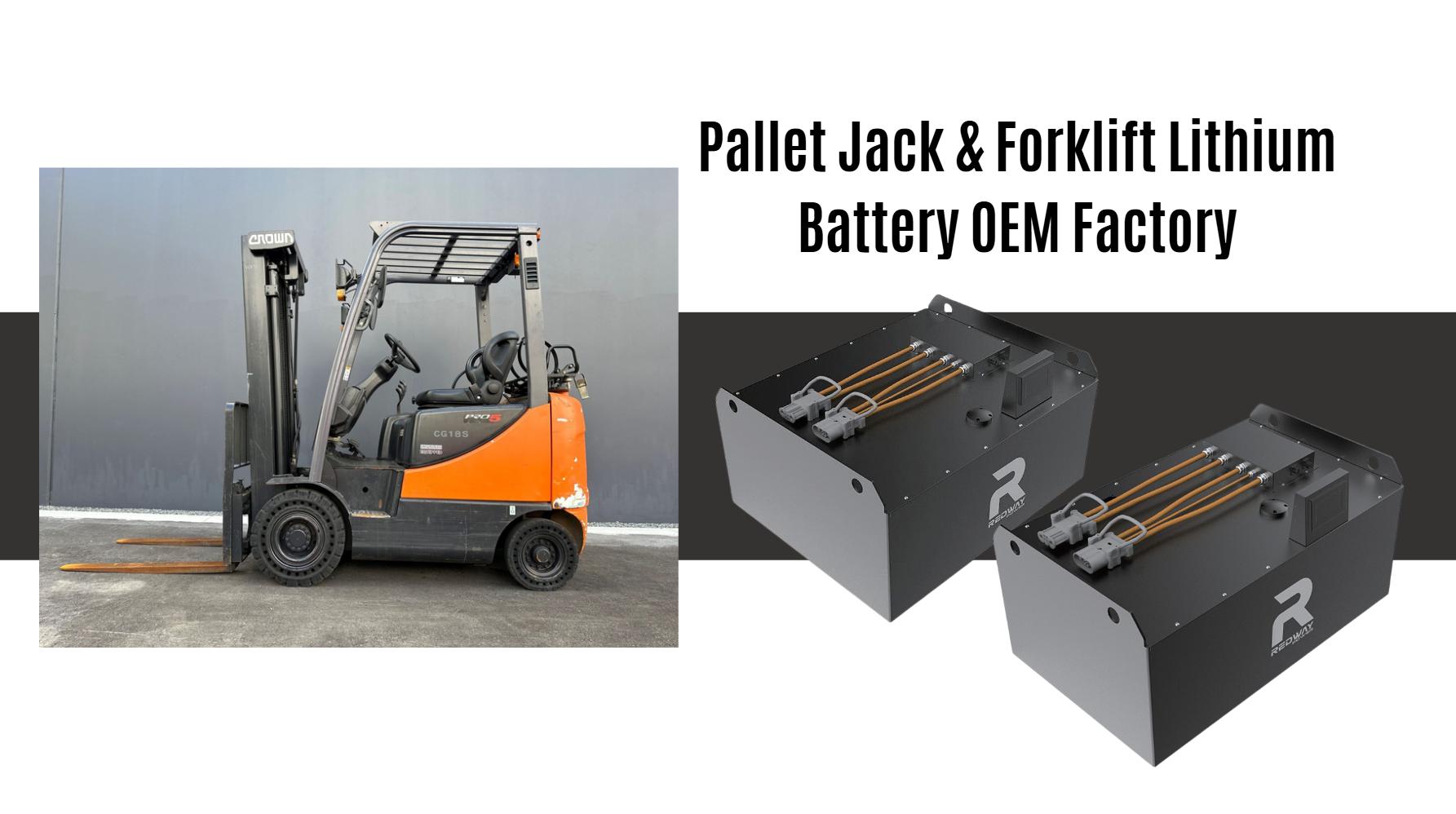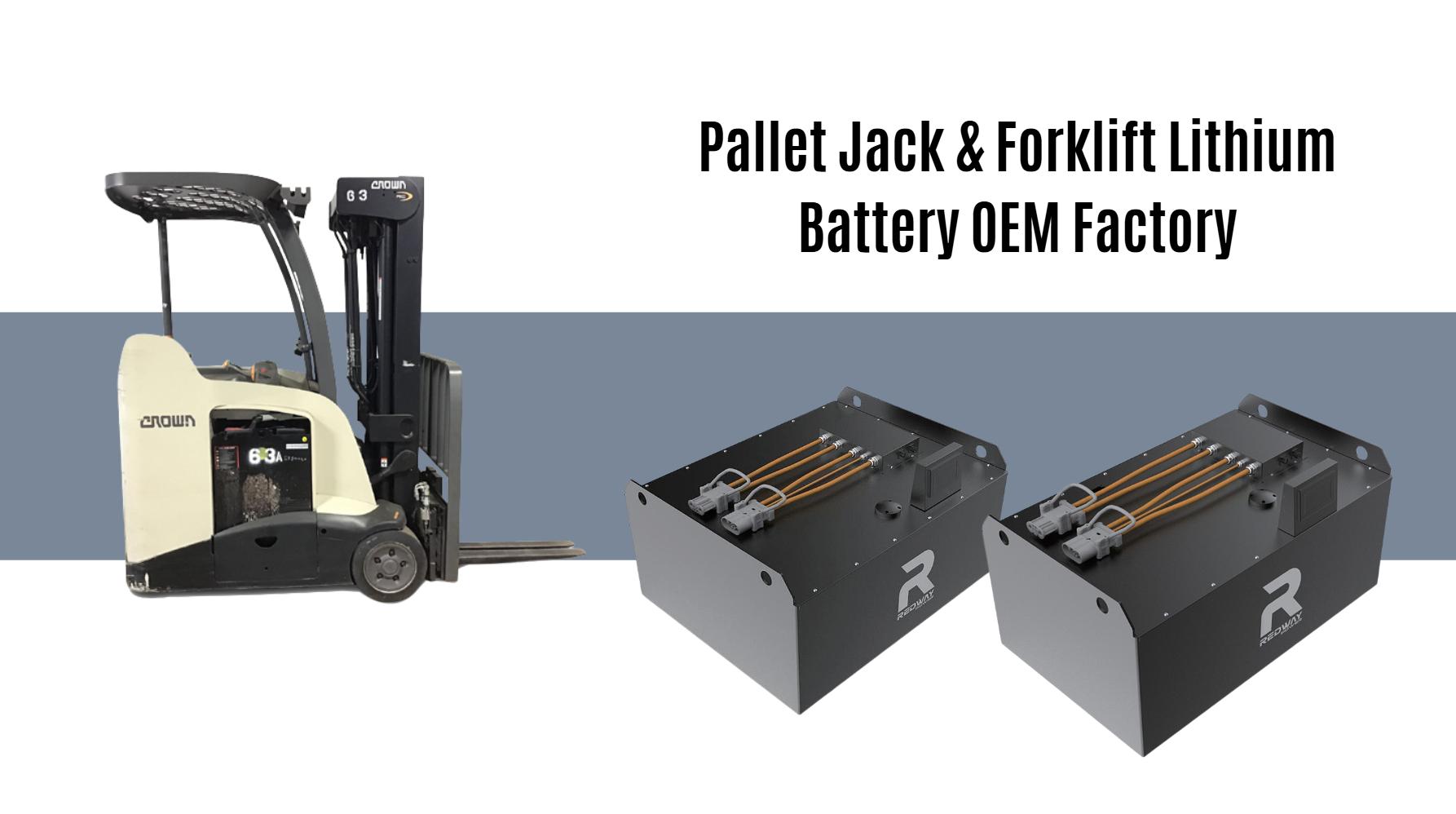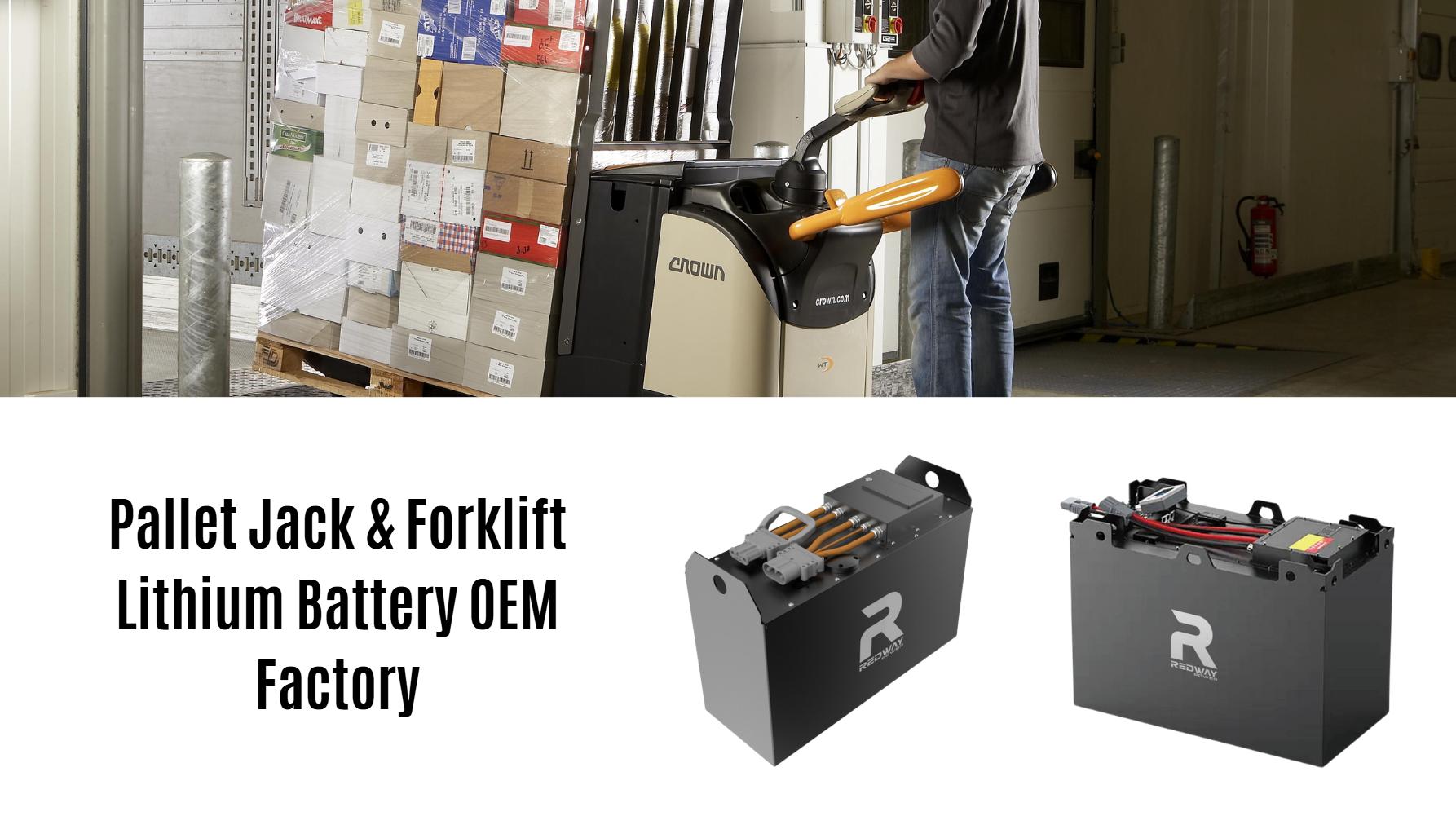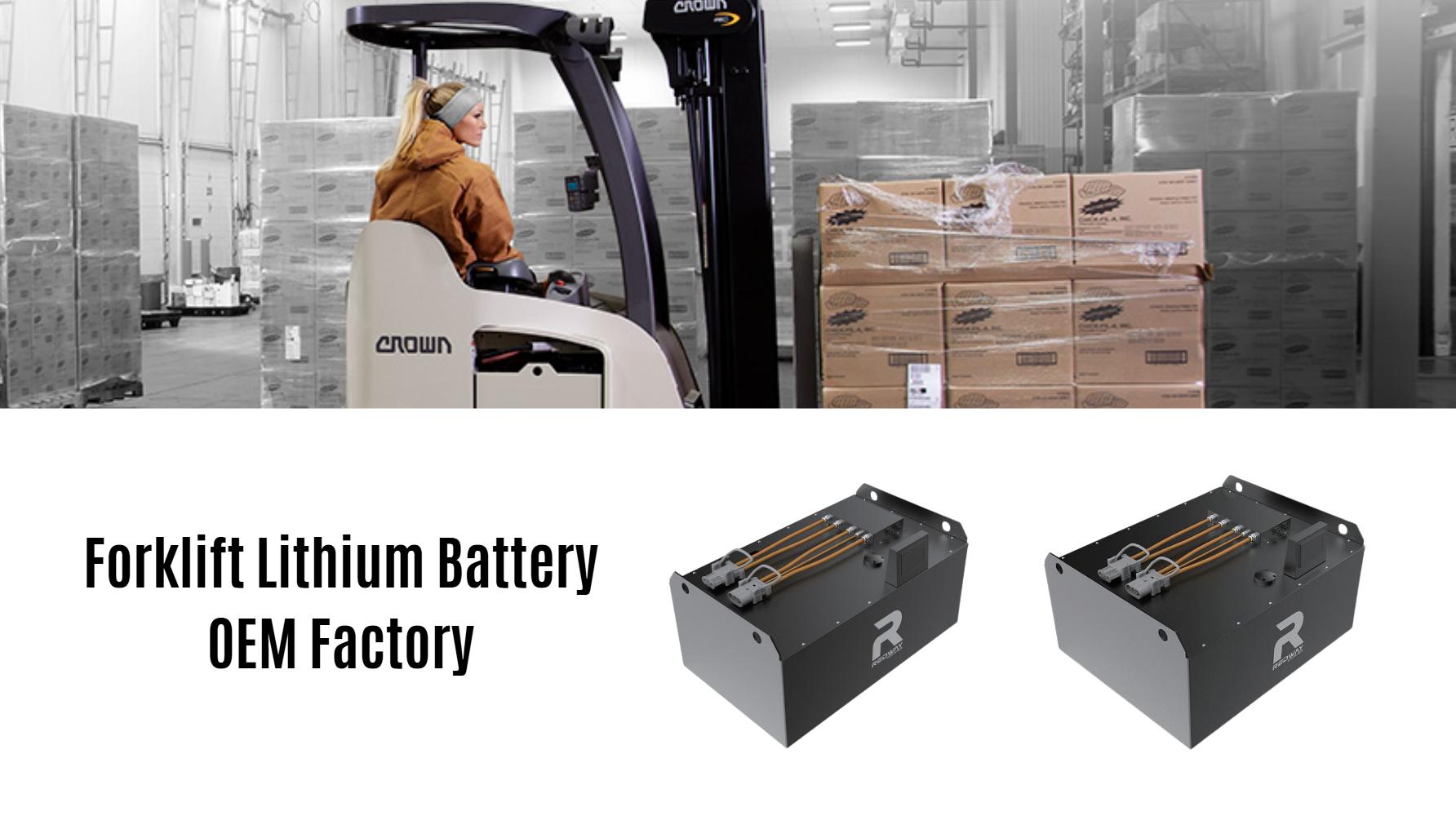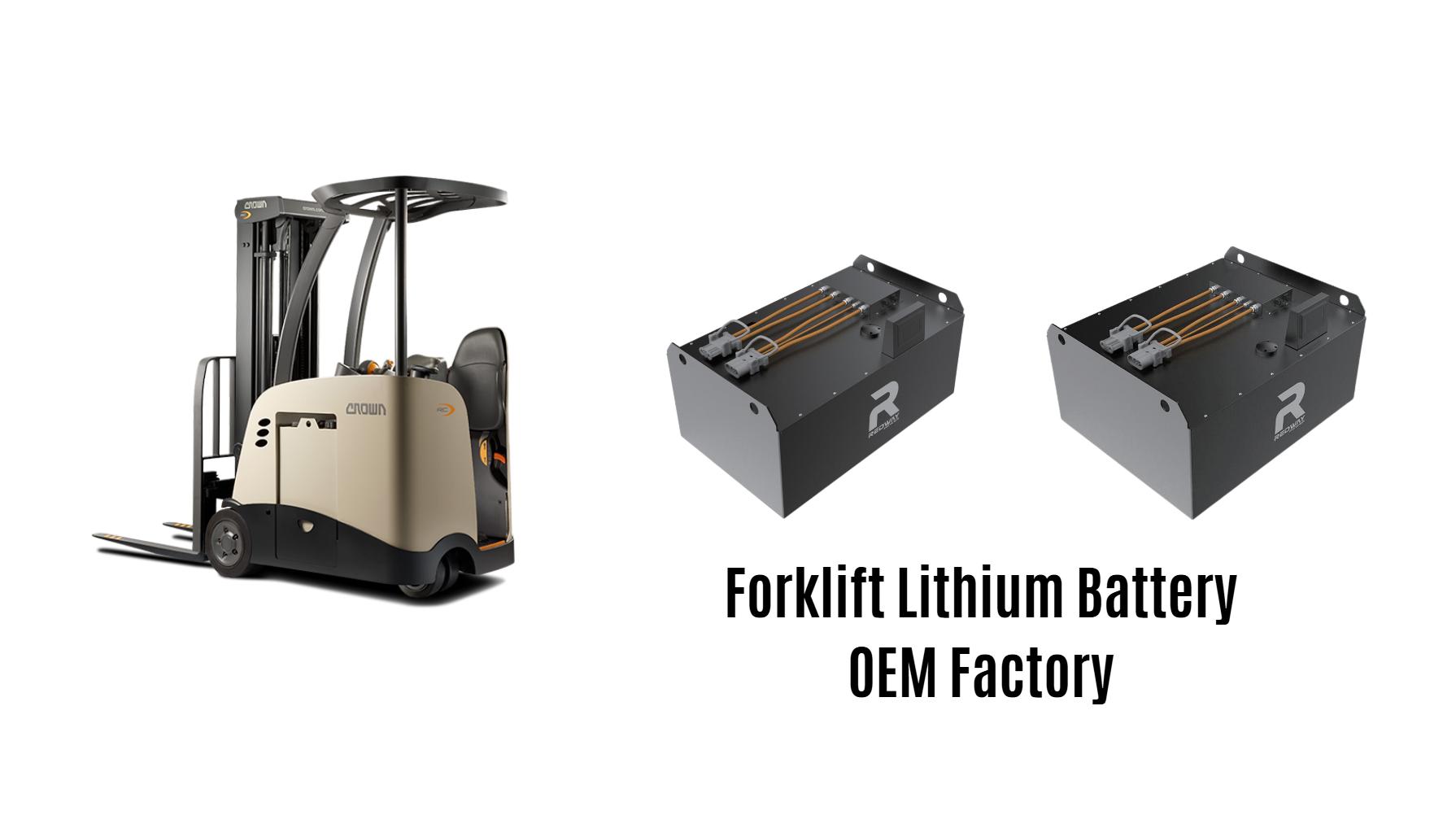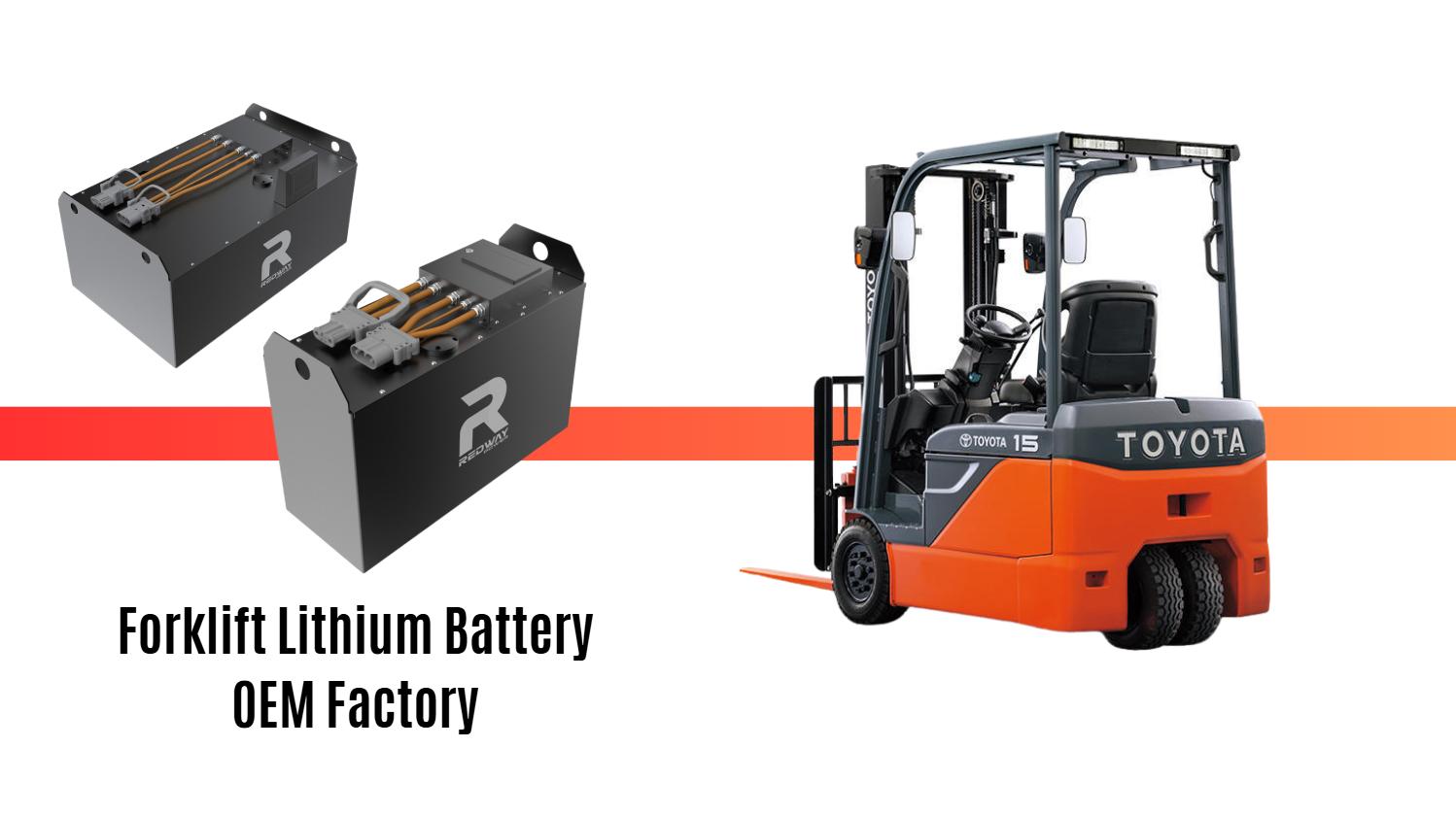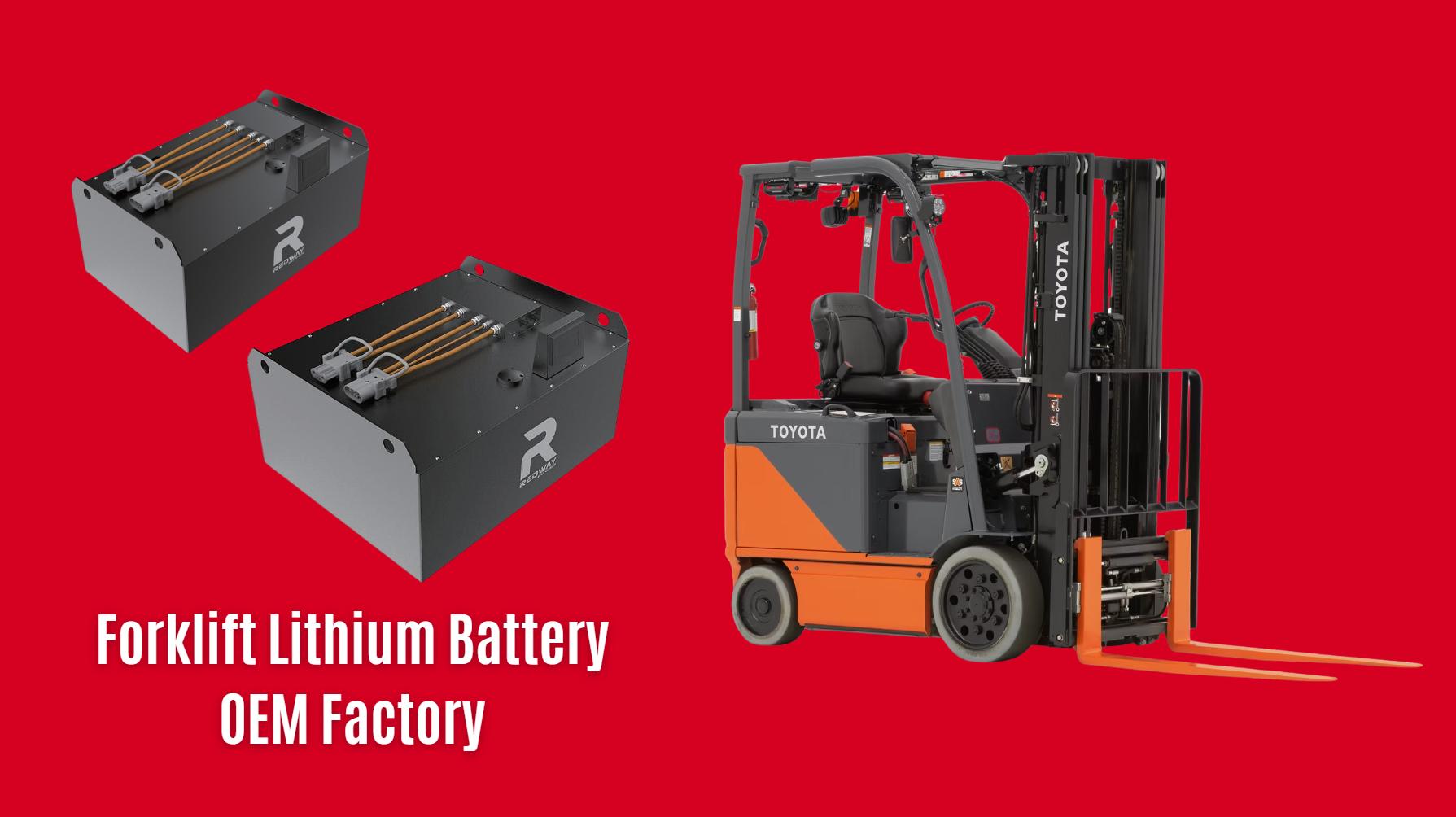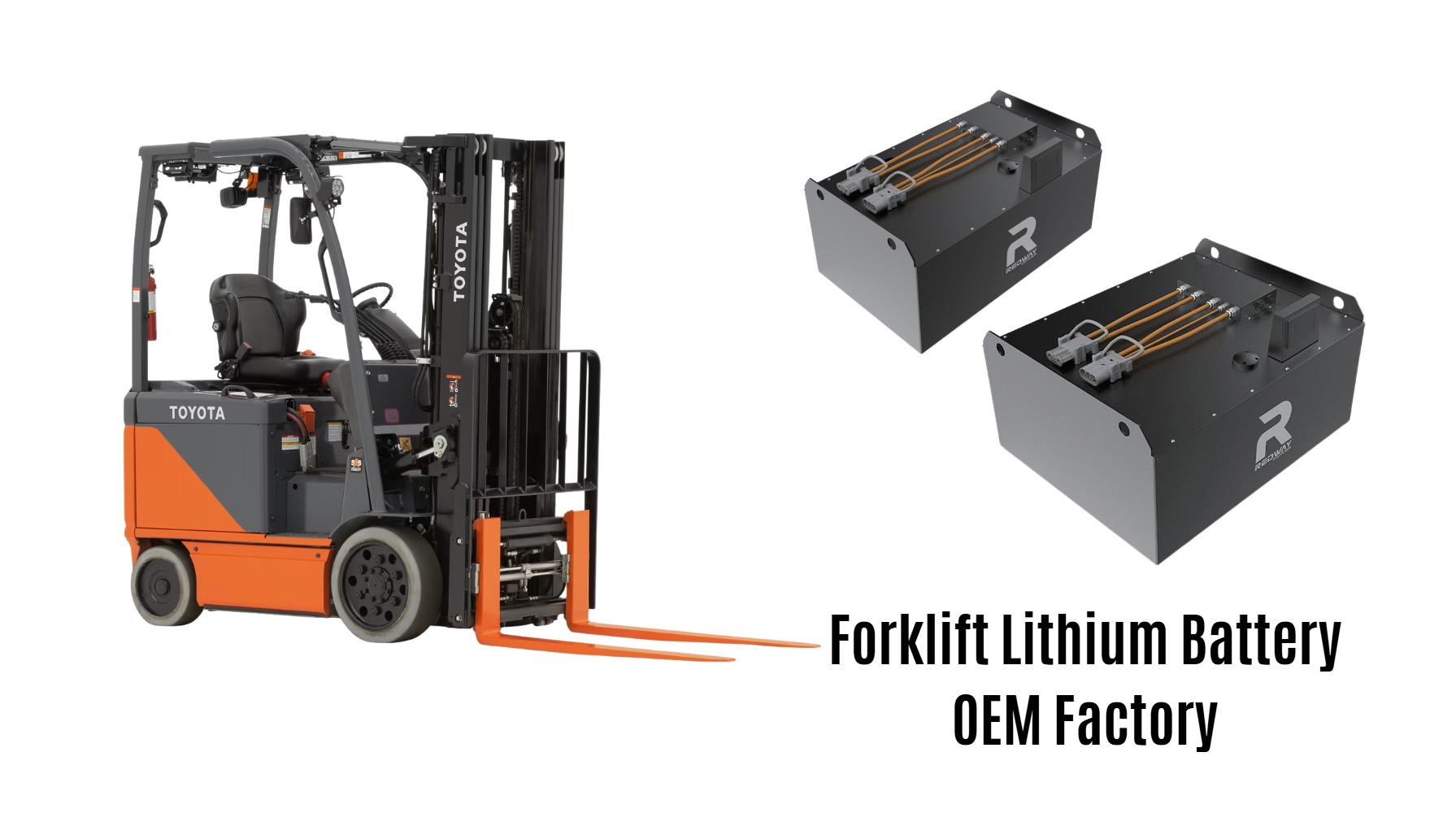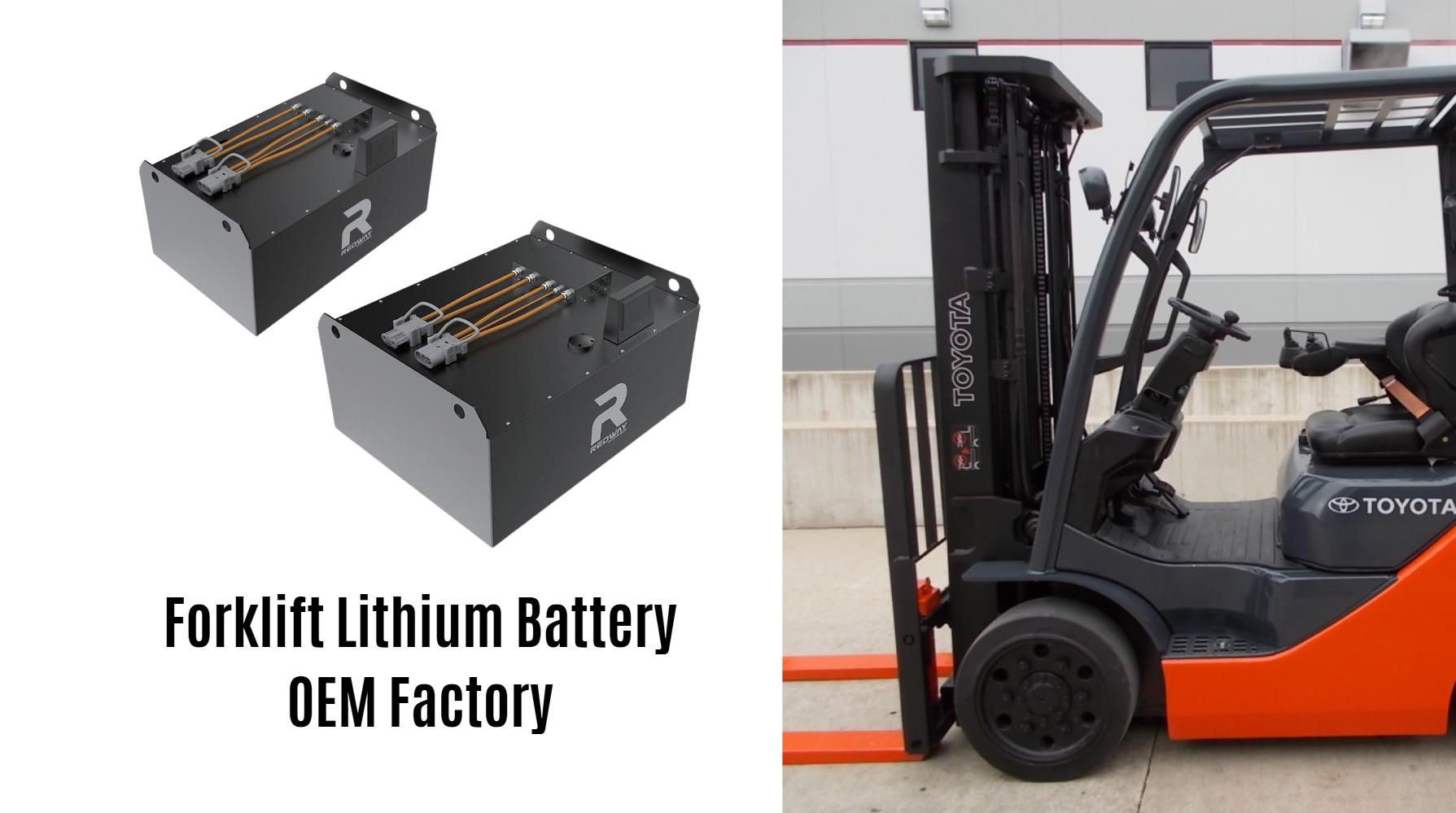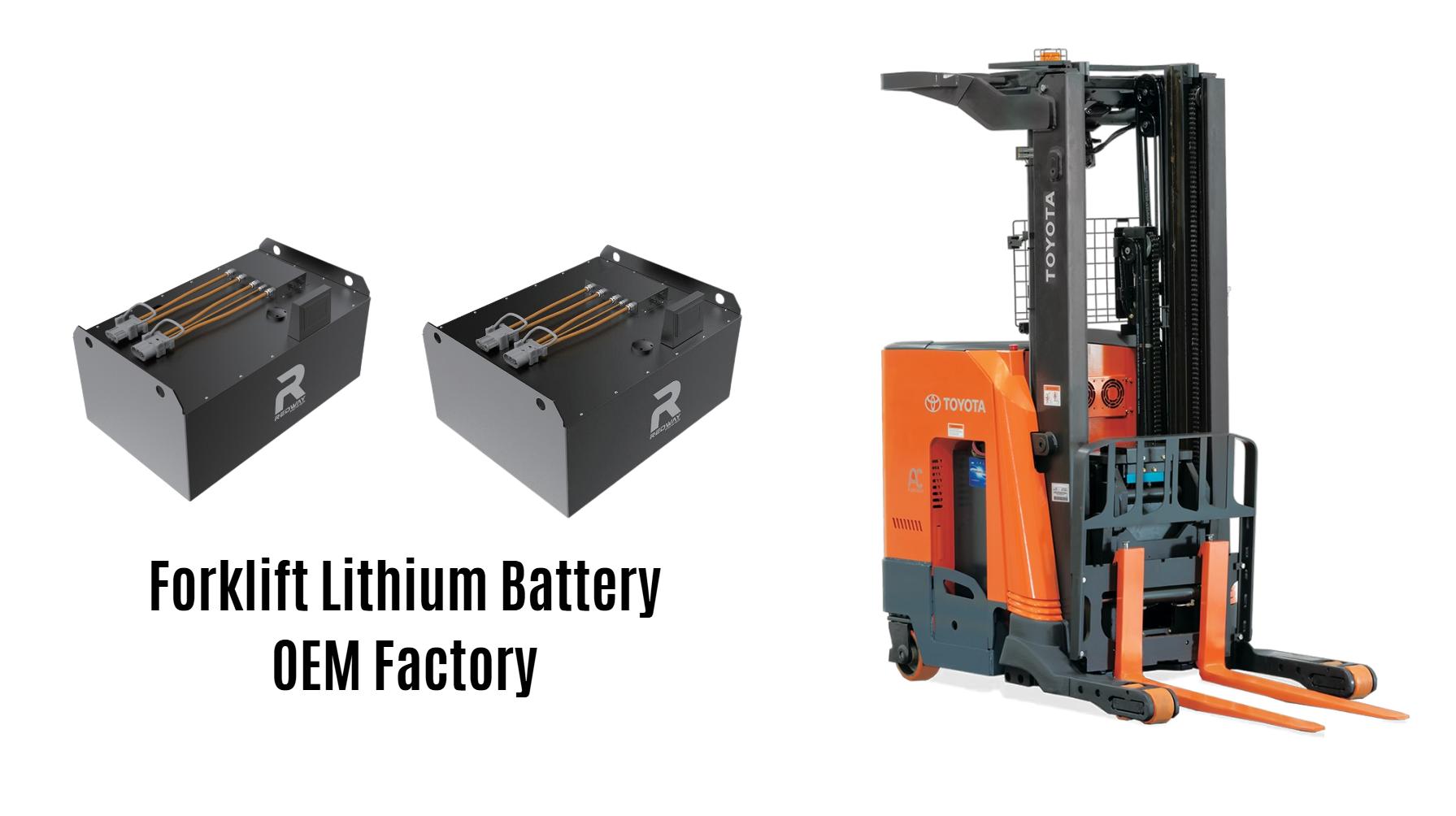Electrolyte Low? How to Refill Your Forklift Battery?
Maintaining proper electrolyte levels in Crown forklift batteries is vital for ensuring longevity and optimal performance. Regularly check the levels, typically after charging, and use distilled water to refill. Avoid overfilling to prevent damage. Proper maintenance reduces downtime and prolongs battery life.
Why Is Maintaining Proper Electrolyte Levels Crucial for Crown Forklift Batteries?
Maintaining proper electrolyte levels in Crown forklift batteries is crucial for several reasons. The electrolyte, a mix of water and acid, facilitates the chemical reactions that produce electricity. Low electrolyte levels can lead to reduced battery capacity, overheating, and premature battery failure. Consistent maintenance ensures optimal performance and extends the battery’s lifespan.
How Often Should You Check the Electrolyte Levels in Your Crown Forklift Battery?
Electrolyte levels should be checked regularly. A good practice is to check the levels after every four to five charge cycles. For a general guideline, inspect the levels at least once a month. Frequent checks help identify and address issues before they cause significant damage.
When Is the Best Time to Add Water to a Crown Forklift Battery?
The best time to add water is after the battery has been fully charged. Charging increases the density of the electrolyte solution, and adding water before charging can lead to overwatering. Adding water post-charge ensures accurate levels and prevents overflow.
What Type of Water Should You Use for Crown Forklift Batteries?
Always use distilled or de-ionized water. Tap water contains minerals that can contaminate the electrolyte and reduce battery life. Distilled water is pure and free from impurities, ensuring the electrolyte solution remains balanced and effective.
How Do You Check the Electrolyte Level in a Crown Forklift Battery?
To check the electrolyte level, follow these steps:
-
Safety First: Wear safety glasses and gloves to protect yourself from acid splashes.
-
Open Vent Caps: Carefully open the vent caps on top of the battery cells.
-
Inspect Levels: Look inside each cell to see if the water covers the plastic element protector.
-
Use a Dipstick: If the levels are not visible, use a rubber dipstick to gauge the level accurately.
How Much Water Should You Add to a Crown Forklift Battery?
Add just enough water to cover the plastic element protector inside the battery cell, but avoid overfilling. If using a dipstick, add water until the electrolyte level is about 1/8 inch below the top of the filling well. Proper water levels ensure optimal performance without risking overflow.
What is the Step-by-Step Procedure for Watering a Crown Forklift Battery?
Follow this step-by-step procedure for watering a Crown forklift battery:
-
Charge Battery: Ensure the battery is fully charged.
-
Safety Gear: Wear safety glasses and gloves.
-
Open Vent Caps: Open the vent caps on each cell.
-
Add Distilled Water: Add distilled water to each cell until the electrolyte covers the plastic element protector.
-
Check Levels: Recheck the levels to ensure they are correct.
-
Clean Caps: Clean the vent caps and replace them securely.
What are the Risks of Overwatering or Underwatering a Crown Forklift Battery?
Both overwatering and underwatering can harm the battery. Overwatering dilutes the electrolyte, reducing its effectiveness and causing potential overflow. Underwatering exposes the battery plates, leading to sulfation and reduced capacity.
How Does Equalizing the Battery Help Maintain Electrolyte Balance?
Equalizing involves overcharging the battery in a controlled manner, removing excess sulphate build-up and balancing the voltage in each cell. This process helps rebalance the electrolyte concentration, ensuring optimal charge and extending battery life.
What Safety Precautions Should You Take When Maintaining Electrolyte Levels?
Safety is paramount when maintaining electrolyte levels:
-
Wear Protective Gear: Always wear safety glasses and gloves.
-
Ensure Ventilation: Maintain good ventilation to prevent hydrogen accumulation.
-
Avoid Sparks: Keep sparks and flames away from the battery.
-
Proper Disposal: Dispose of used water and cleaning materials properly.
How Does Temperature Affect Electrolyte Levels in Crown Forklift Batteries?
Extreme temperatures can affect the battery’s function. High temperatures can cause water evaporation, while low temperatures can cause the water to freeze. Maintaining batteries between 60 and 90 degrees Fahrenheit is ideal.
How Do You Clean a Crown Forklift Battery to Prevent Electrolyte Buildup?
Cleaning helps remove electrolyte accumulation that can cause self-discharging and corrosion. Use warm water and a battery cleaner to clean the battery, ensuring all caps and components are secure. Rinse thoroughly and dry the battery to prevent electrical problems.
What Are the Signs of Electrolyte Imbalance or Contamination?
Signs of electrolyte imbalance or contamination include:
-
Low Battery Capacity: Reduced ability to hold a charge.
-
Overheating: Battery becomes excessively hot during operation.
-
Frequent Watering: Needing to add water more often than usual.
-
White Buildup (Sulfation): White deposits on the battery terminals.
-
Sulfuric Smell: A rotten egg smell indicates a sulfuric acid leak.
Expert Views
“Maintaining proper electrolyte levels is one of the most critical aspects of forklift battery care. Regular checks, proper watering techniques, and adherence to safety precautions can significantly extend battery life and ensure reliable performance.” – Robert Davis, Lead Technician at Redway Battery Solutions.
Conclusion
Checking and maintaining proper electrolyte levels in Crown forklift batteries is crucial for ensuring optimal performance, longevity, and safety. By following the guidelines outlined in this article, you can effectively maintain your batteries, reduce downtime, and prolong their lifespan.
FAQ
-
How often should I equalize my Crown forklift battery? Equalize flooded or wet cell batteries approximately every five to ten charging cycles.
-
Can I add tap water to my Crown forklift battery? No, always use distilled or de-ionized water.
-
What should I do if I overwater my Crown forklift battery? If you overwater, carefully remove the excess water using a syringe or turkey baster.
-
How can I prevent corrosion on my Crown forklift battery terminals? Keep the battery clean and dry, and apply a corrosion inhibitor to the terminals.

